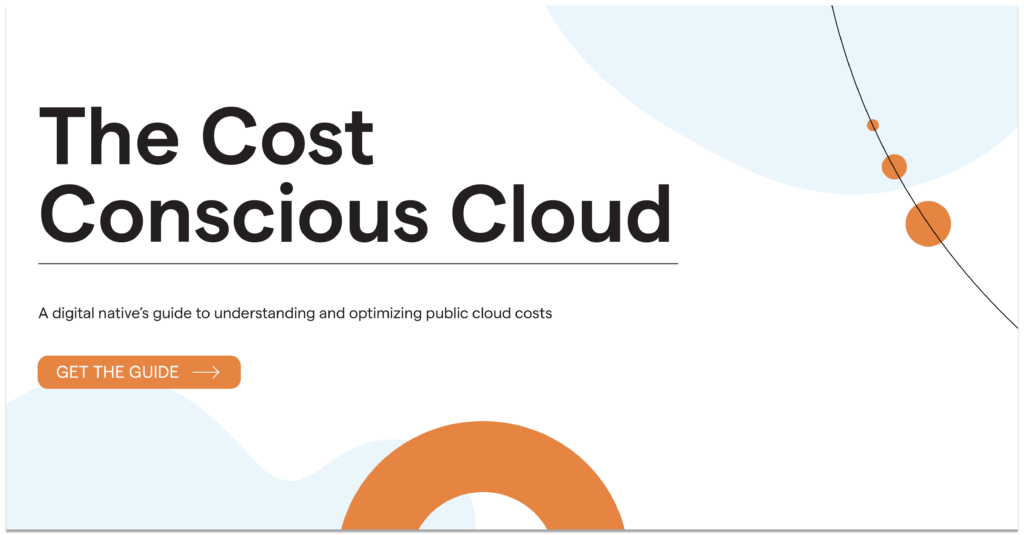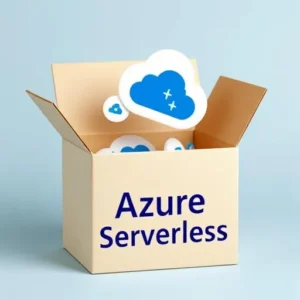Understand how the public cloud pros maximize return on their cloud spend
As the digital economy continues to offer increasingly new and exciting technologies, a majority of businesses still grapple with the stubbornly old-fashioned issue of managing costs. Cloud technology presents novel solutions to an array of problems but has yet to cut through the layers of complexity around IT budget and spending.
That's why we're introducing The Cost-Conscious Cloud, a new guide to approaching cloud cost optimization in a way that suits your business. This guide goes deeper than the typical advice to turn off idle resources and monitor application performance, to help focus your cost savings efforts on results that matter.
Why the cloud is worth it
There is a reason why global spend on public cloud services is predicted to rise to $1.1 trillion by the end of 2023. Essentially, the cloud offers unprecedented potential for operational efficiency and innovation because of the agility, scalability, reliability and speed it can unlock.
Agility is built into the premise of cloud offerings, which allow businesses to buy their resources as a service as required. Instead of buying and maintaining their own hardware and software, they rely on cloud providers for secure, up-to-date services that scale as they need them.
That potential for vastly more efficient scalability is another key benefit of an optimized cloud. Data storage capacity, processing power and networking can be scaled up or down with minimal disruption, using virtual machines (VMs), with workloads and applications simply moved to bigger VMs when needs increase.
Plus, the major cloud providers guarantee greater than 99% uptime, while also assuming responsibility for backups and disaster recovery. Combined with the capacity to accommodate rapid changes in user demand, such features make the cloud has one of the best routes to reliability.
Finally, with end-to-end automation, the cloud enables code to be released into production thousands of times a day, accelerating the release of new features and offerings, and offering a fail-fast way to trial new ideas. Most cloud computing services are available on a self-service and on-demand basis, so resources can be provisioned immediately.
Where the cost challenges arise
Without a deep understanding of cloud costs and how to manage them, organizations waste huge amounts of money. More than one-third of businesses experience cloud budget overruns of up to 40%, and one in 12 companies overspends by more. A key reason for the cloud overspend problem is that most companies are grappling with an unfamiliar cost model for IT.
Organizations used to approach IT spending with a Capex (capital expenditure) mindset because infrastructure is an upfront capital cost with equipment on-premises, so expenditure is predictable. However, cloud spending is managed via Opex (operating expenditure), with costs applied to individual items as they are consumed.
This enables the flexibility to consume cloud resources as they’re needed, but it also means companies must maintain an accurate real-time view of their needs and continuously adapt decision-making to align with consumption. The challenge means budgets can easily spiral out of control without robust cost-management practices.
Other cloud quirks that make it difficult to optimize costs include:
- Complex options for deploying workloads can lead to under- or overprovisioning and wasted money on storage
- Multiple discount plans can be confusing
- Weak governance systems mean inadequate monitoring of cloud spend
- Highly detailed cloud billing can be difficult to decipher
Why understanding cost models matters
Managing your cloud spend starts with understanding the various ways providers charge for its use. But understanding how Amazon and Google charge for the cloud and deciding which option is appropriate for your needs is not straightforward.
Both service providers offer pay-as-you-go pricing, and they also offer discounts for customers who commit to cloud resources for one or three years. Deeper discounts generally reflect lower levels of flexibility, but each discount plan comes with associated options and conditions that make it difficult to choose. You will need excellent visibility into your cloud environment and how your instances are being used to gain maximum value from your compute commitments.
For more details, check out our guide to AWS and Google Cloud discount plans.
How to manage cloud costs effectively
To realize success with the cloud, you must adopt the right approach to funding it. This means focusing your cloud budget where it will add value, getting clear visibility of where you are spending on the cloud, integrating those costs into the product lifecycle and automating cost governance.
-
Understand that managing costs is not simply cutting costs
Focusing on slashing cloud spend is not a strategy that will support your business goals. Leveraging the cloud to achieve those goals demands an appreciation of the demand-driven nature of cloud economics.
The more accurately you can predict your future demand, the greater your potential discounts and your accuracy in calculating any spend commitments. By tying your cloud costs to your KPIs, you can gauge the business impact of cost growth and optimization. This level of insight requires clear visibility of your company’s cloud spend and allocation.
-
Prioritize visibility
Hosted and cloud-native services are set to account for 26% of total IT budgets in 2022, so IT leaders will need transparency on their cloud spend to plan for cloud infrastructure costs. However, increasingly complex cloud infrastructures make it harder to track spending and attribute costs appropriately. A well-managed tagging process can help mitigate the effects of growing complexity by enabling accurate identification, tracking and managing of resources.
-
Integrate costs into the product lifecycle
If you want to make cloud cost management as natural to your engineers as releasing features, you need to build budget awareness into the way they work right from the start. Budget should be as integral to the lifecycle as delivery.
Teams need adequate resources to monitor their spending, create spend forecasts and identify areas for cost optimization. They need clarity on what’s expected of them and the repercussions of cost overruns.
A proper tagging structure makes it easier to create this kind of accountability for cloud costs when setting budget targets for each team. Teams can organize their costs more effectively when they know which service is responsible in which environment.
-
Implement a largely automated cost governance system
A well-automated cost governance system will alert you to problems such as budget overruns, cost spikes and orphaned and underused resources. By automating your spend management as much as possible, you can streamline policy creation and enforcement, and implement monitoring, budget planning, chargebacks and showbacks.
-
Seek expert help
Once you’ve made informed decisions about which applications you should leave in their existing data center environments and which belong in the cloud, sourcing external expertise will help you align cost management with your plans for developing with the cloud. Seek help from a partner with the technology and expertise needed to make optimization, analytics and governance an essential, well-managed part of your cloud efforts.
What to do next
Without a solid understanding of how cloud costs work and how to optimize them, you will not be able to leverage the cloud to achieve your business goals. But building cost-effective cloud applications while getting the fundamentals of cost control right doesn't need to be difficult. An experienced cloud partner will help you with intelligent cloud optimization, analytics and governance tools and expert advice on issues from cloud migration to FinOps and beyond. Their support will empower you to deploy and manage the kind of cloud projects that put you at the forefront of your industry — and keep you there.
Download our guide to learn more.




